What if you went on holiday in the Aube region in France? There is no risk of getting bored there: between the town of Troyes and its typical timber-framed houses, the champagne cellars and the numerous outdoor activities, there is no shortage of things to do! But it is another facet of the Aube that attracted me: the meeting with the many personalities who have marked the territory.
From Camille Claudel to Napoleon, via Renoir, Flaubert and the Knights Templar, in this travel guide I offer you a 100% cultural itinerary in Aube, in the footsteps of some famous figures…
Summary
Aube in short
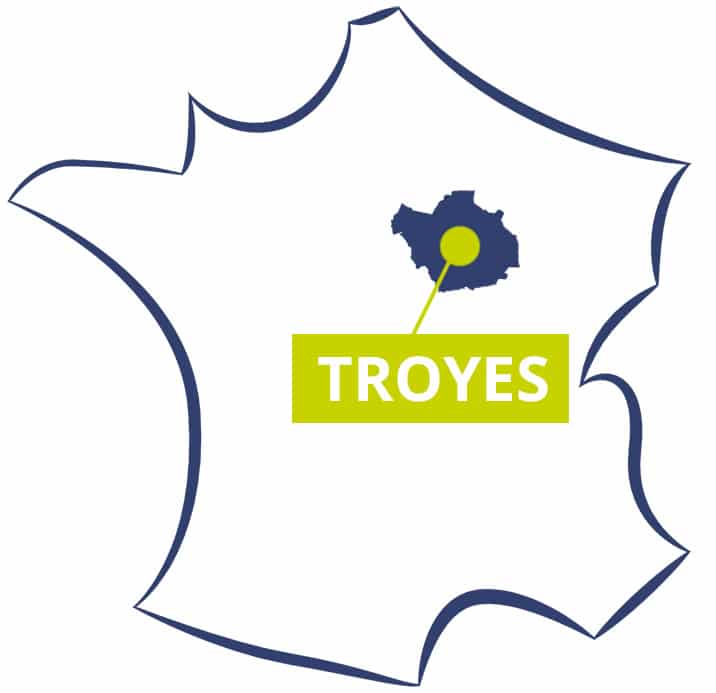
- When to go? All year round to visit the region’s museums. If you also want to go for a walk or a bike ride in the open air, it’s best to go on a good day.
- How long can I stay? From Paris, it is possible to make a one-day getaway to discover Troyes or Nogent-sur-Seine. To fully enjoy the destination, however, it is preferable to plan several days, depending on the number of activities you wish to do.
- How to get there? Troyes is the gateway to the Aube, easily accessible by train from many major french cities. From Paris, you can also easily reach Nogent-sur-Seine in about 1 hour.
- How to get around Aube? There is a bus network to reach the various towns in Aube, but a car is almost essential to explore the department freely.
Find all the addresses mentioned in this article on this map!
Nogent-sur-Seine: looking for Camille Claudel and Gustave Flaubert
Some museums are real marvels, places cut off from the rest of the world where you can immerse yourself in a captivating artistic universe. The young Camille Claudel Museum in Nogent-sur-Seine is one of them.
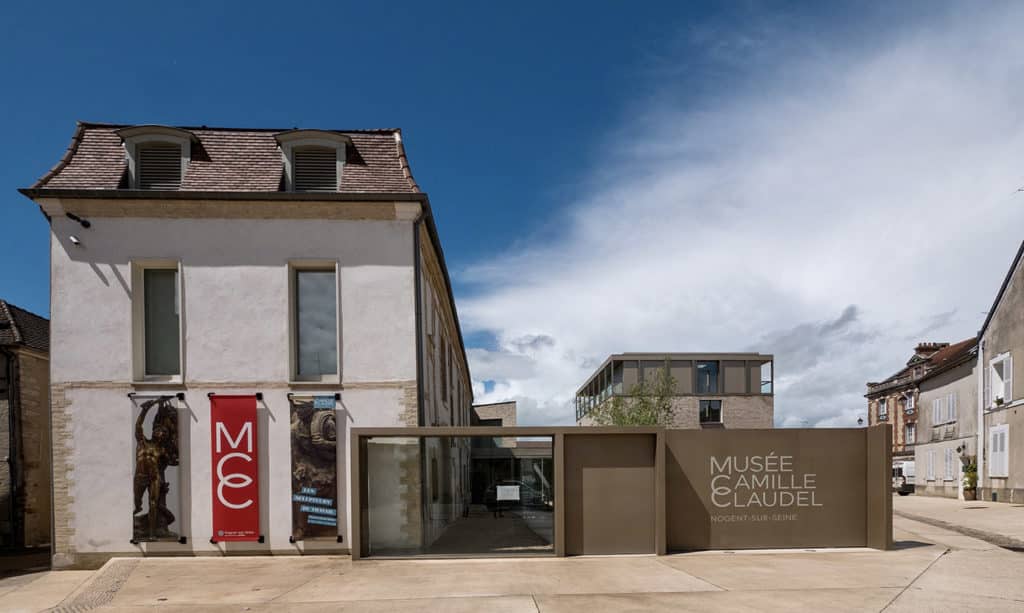
With this brand new establishment, the city pays tribute to this sculptor, who has one of its former residents, since Camille Claudel spent her adolescence here and trained alongside Alfred Boucher before leaving to work in Rodin’s studio.
Thanks to the acquisition of the largest collection of works by Camille Claudel in 2008, Nogent-sur-Seine presents in this museum a vast panorama of the work of this sculptor but also an overview of French sculpture. The aim is to give an overview of the works that Camille Claudel came into contact with, those that forged her vision and thus to better perceive the singularity of this woman artist who represented emotions so well.
The Camille Claudel museum is an enchanting place, a real immersion in beauty which alone justifies spending a day in Nogent-sur-Seine. A must-see!
But Camille Claudel is not the only personality in Nogent. The town has also welcomed Gustave Flaubert several times, whose bicentenary of birth we are celebrating this year. The writer regularly came to visit cousins in Nogent, and was inspired by several places in Nogent for his novel L’éducation sentimentale, published in 1869. You can discover the town by following the “Flaubert walk” which will lead you in the footsteps of the famous writer. Several panels will allow you to read extracts from his work in relation to the places that inspired them.
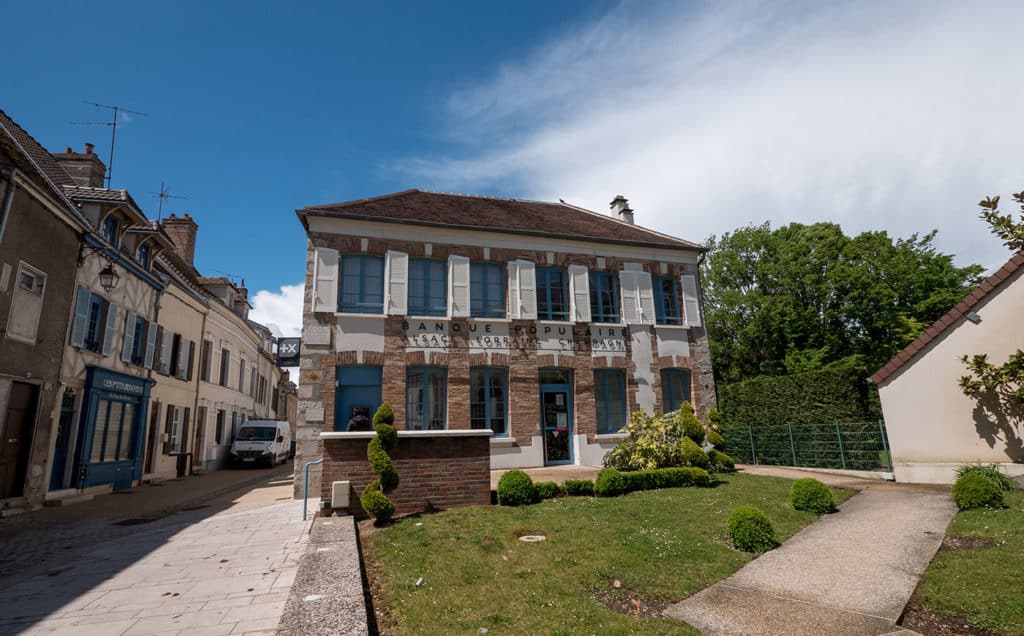
How to get to Nogent-sur-Seine?
Nothing could be simpler: from the Paris Est station, several trains take you there every day in less than an hour. And if you come from Troyes, half an hour is enough. From the Nogent-sur-Seine station, it’s a 5-10 minute walk to the Camille Claudel Museum and the historic centre.
Tip: take a trip to the “Bateau lavoir”
On the quays, an old wash boat has been converted into a tourist office. So don’t hesitate to go there to glean valuable information on places to visit in the area or simply to find your way around the town – Quai Carbonel
Where to have lunch?
Take a break at the Numéro Vins, an establishment which, as its name suggests, allows you to enjoy a good glass of wine, particularly around cheese or charcuterie boards – 5 rue de l’Etape au vin
To see around Nogent-sur-Seine
The La Motte Tilly castle
Going to the La Motte-Tilly castle is like visiting a rich friend. This residence is so welcoming that you quickly feel at home and could see yourself settling there! Located only 5 km from Nogent-sur-Seine, take advantage of your visit to the town of Camille Claudel to push open the doors of this enchanting castle.
Unfortunately, it is only accessible by a national road, which makes it very difficult to reach by bike or on foot. Opt for a car or a taxi instead.
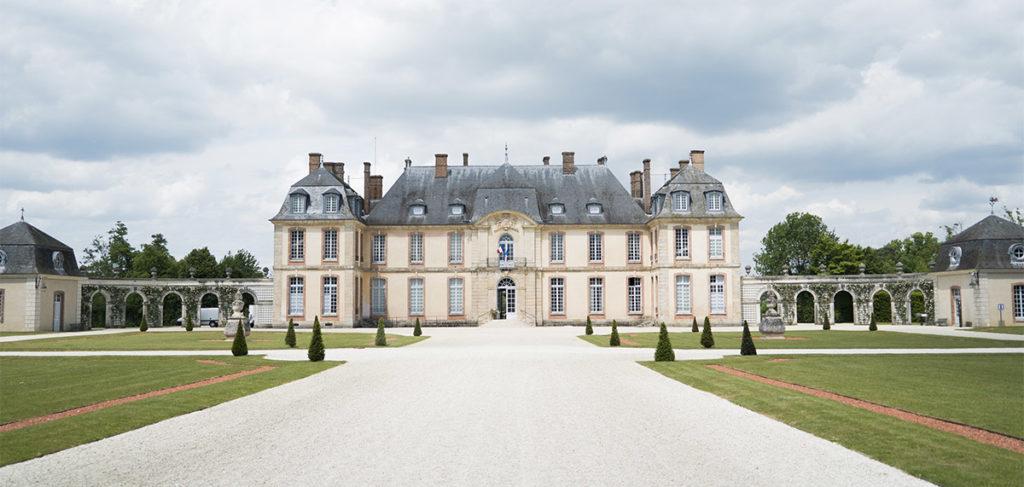
The collegiate church of Villemaur
About thirty kilometres from Nogent-sur-Seine, discover the collegiate church of Villemaur. Built in the 11th and 12th centuries when the village was in its heyday, the collegiate church fell into disuse in the 15th century when the plague epidemic caused the inhabitants to leave. Later rebuilt, it is distinguished by its wooden bell tower, a “poor man’s bell tower” which testifies to the limited means of the population.
But the most impressive feature is the rood screen inside, which is celebrating its 500th anniversary this year. The rood screens mark a separation between the choir and the nave of the churches, thus distinguishing the part dedicated to the faithful from that reserved for the clergy. Following a liturgical reform in the 16th century aimed at making the choir visible to the faithful, most rood screens were destroyed so that only about fifty remain in France. It is therefore particularly remarkable that the rood screen of Villemaur has survived, especially as it is made of wood. Unfortunately, this collegiate church is not accessible by public transport, so you will need a car to get there.
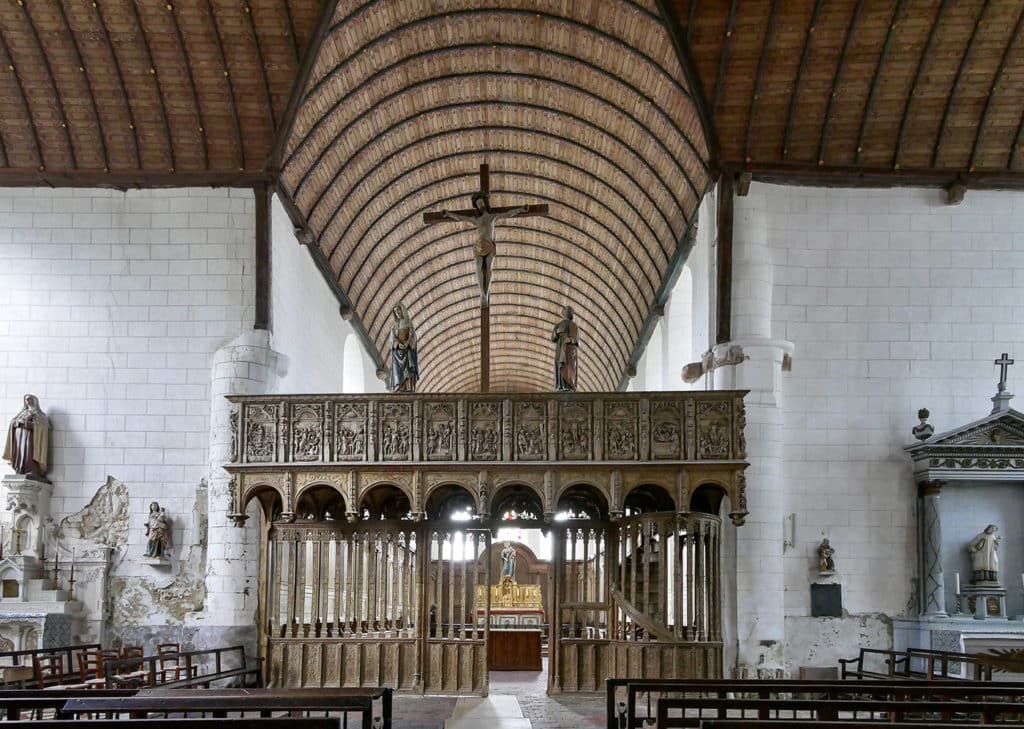
Today the Collegiate Church of Villemaur-sur-Vanne needs to be restored. A fundraising campaign is open on the Fondation du Patrimoine if you wish to contribute to the building!
Another rood screen can be seen in Aube, in the church of Sainte Madeleine in Troyes.
Brienne-le-Château: imperial encounter with Napoleon

In this year 2021, it is difficult to miss Napoleon as we celebrate the bicentenary of his death. In the town of Brienne-le-Château, the emperor’s shadow is clearly visible: one of his statues welcomes you in front of the town hall!
If Napoleon is so present here, it is because he passed through three times: he stayed here between 1779 and 1784 at the military school, he made a short visit in 1805 on his way to Italy where he was going to be crowned, and then he returned here in 1814 on the occasion of the battle of Brienne.
The town still has some memories of the emperor and his troops’ visit to these lands. You will find the tomb of Admiral Basque in the cemetery, a statue of Marshal Sylvain Jacques Valée and, above all, a Napoleon museum which has been housed since the end of the 1960s in what remains of the former Military School where the emperor studied.

This museum adopts a thematic presentation that evokes the image of Napoleon, his military battles, his administrative reforms and of course his time at the Brienne school.
Bonus tip: Take advantage of your visit to the town to see the church. The stained glass windows above the choir were donated by the Emperor.
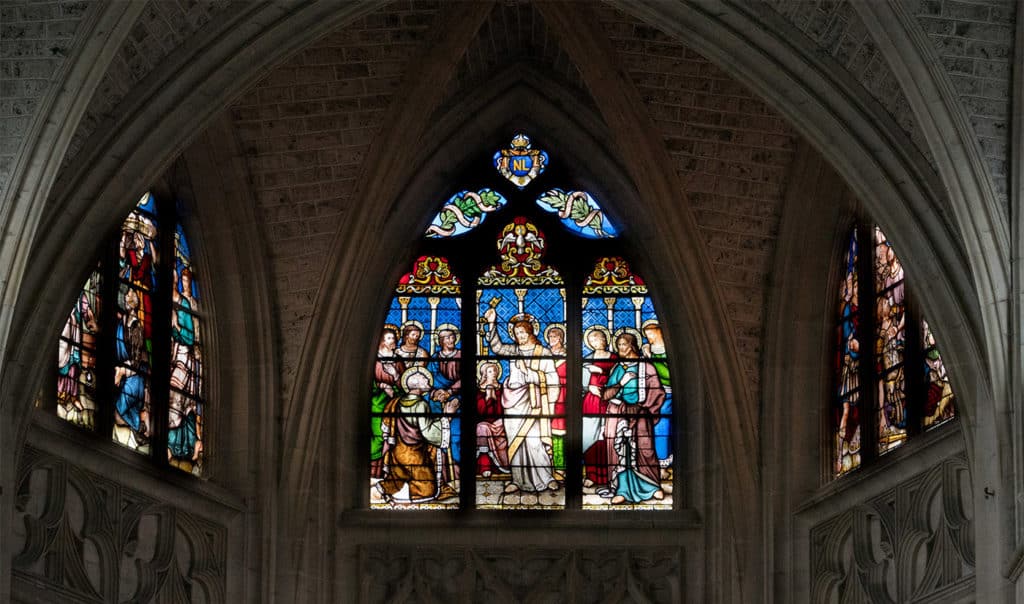
How to get to Brienne-le-Château?
There is a bus line, BRI 13, which links Brienne to Troyes, but the easiest way is by car.
Where to have lunch?
Stop at the Table du 13 bis for a gourmet meal based on traditional dishes – 13 bis boulevard Napoléon
Avalleur: in the footsteps of the Templars
In the 12th century, the land of Avalleur was given to the Order of the Temple. Multiple donations allowed this commandery to develop considerably. It was a large farm, part of whose income was used to finance the Crusades.
In 1307, the Templars were arrested and their property dispersed. The commandery of Avalleur then passed into the hands of the Hospitallers and became one of the richest of the Order.
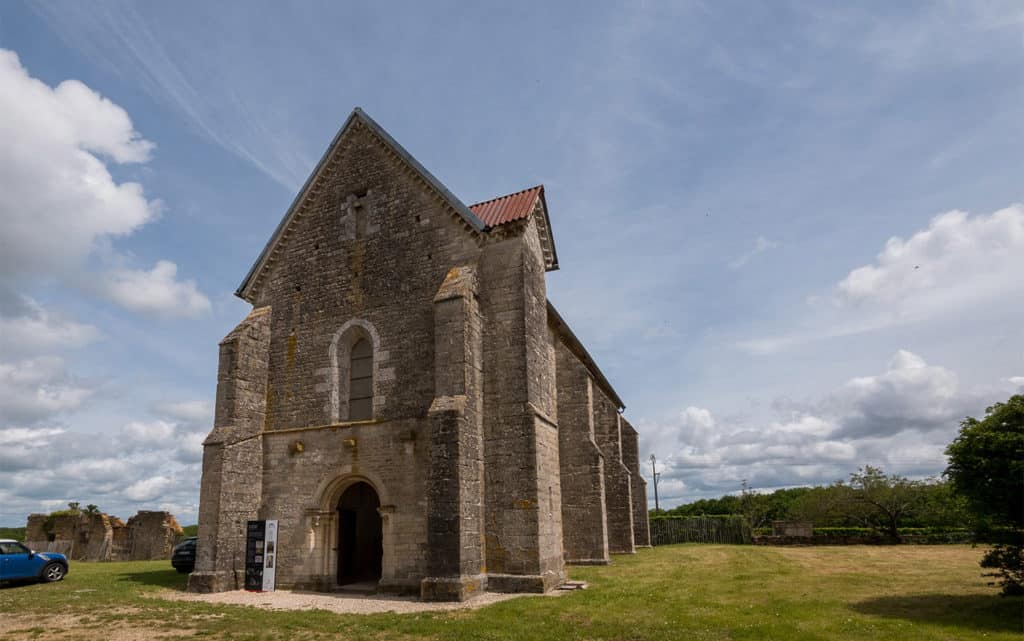
It is one of the rare Templar ensembles still preserved in France that the Aube department, accompanied by mediators and volunteers, is trying to revive. Every summer, numerous events are organised to bring the history of the commandery to life. You will find guided tours, family treasure hunts, art workshops for children, open doors to archaeological digs…
Essoyes: in the footsteps of Renoir
Take advantage of your visit to Avalleur to make a small diversions and discover Essoyes, the town where Auguste Renoir spent thirty summers in search of peace and inspiration. His family’s house, now classified as a “Maison des Illustres”, allows you to plunge into the world of the painter in a visit that is as touching as it is fascinating.
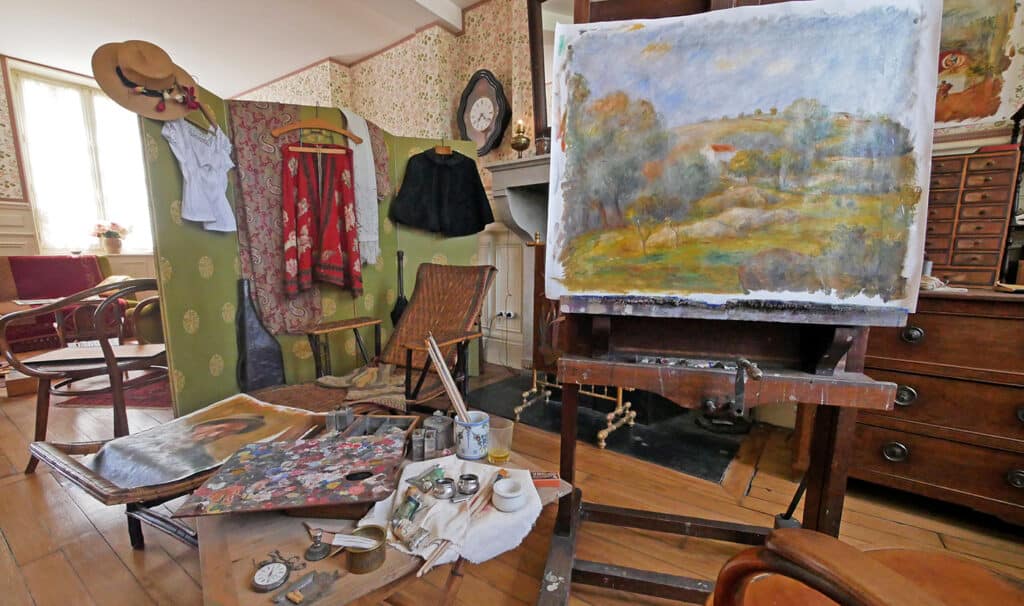
Where to sleep in Aube?
The hotel offer is rich in Aube but I recommend that you put your bags down in Troyes, whose historic heart is particularly charming and which can easily serve as a stopover between two visits.
I recommend the Brit Hôtel Les Comtes de Champagne located in the heart of the city in a typical timber-framed house. The rooms are medieval style with four-poster beds but the amenities are modern, so you can enjoy the charm of the old houses without giving up comfort!
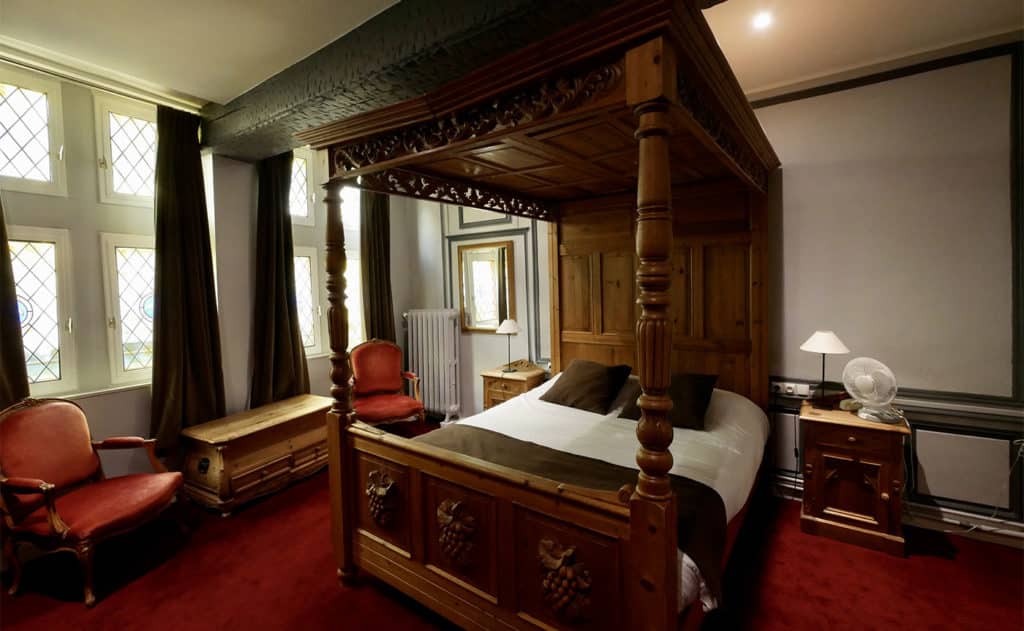
Other activities in Aube region
Slow tourism, visits around Champagne, shopping sessions, bike rides, family activities… Aube offers many activities! You can find several ideas for experiences on the Aube en Champagne website.
Enjoy your trip!
This article was produced in partnership with the Aube en Champagne Tourism Agency. Thanks to Sandy from the ADT for her warm welcome and to Clarisse from the Airpur agency for the organisation of my stay.

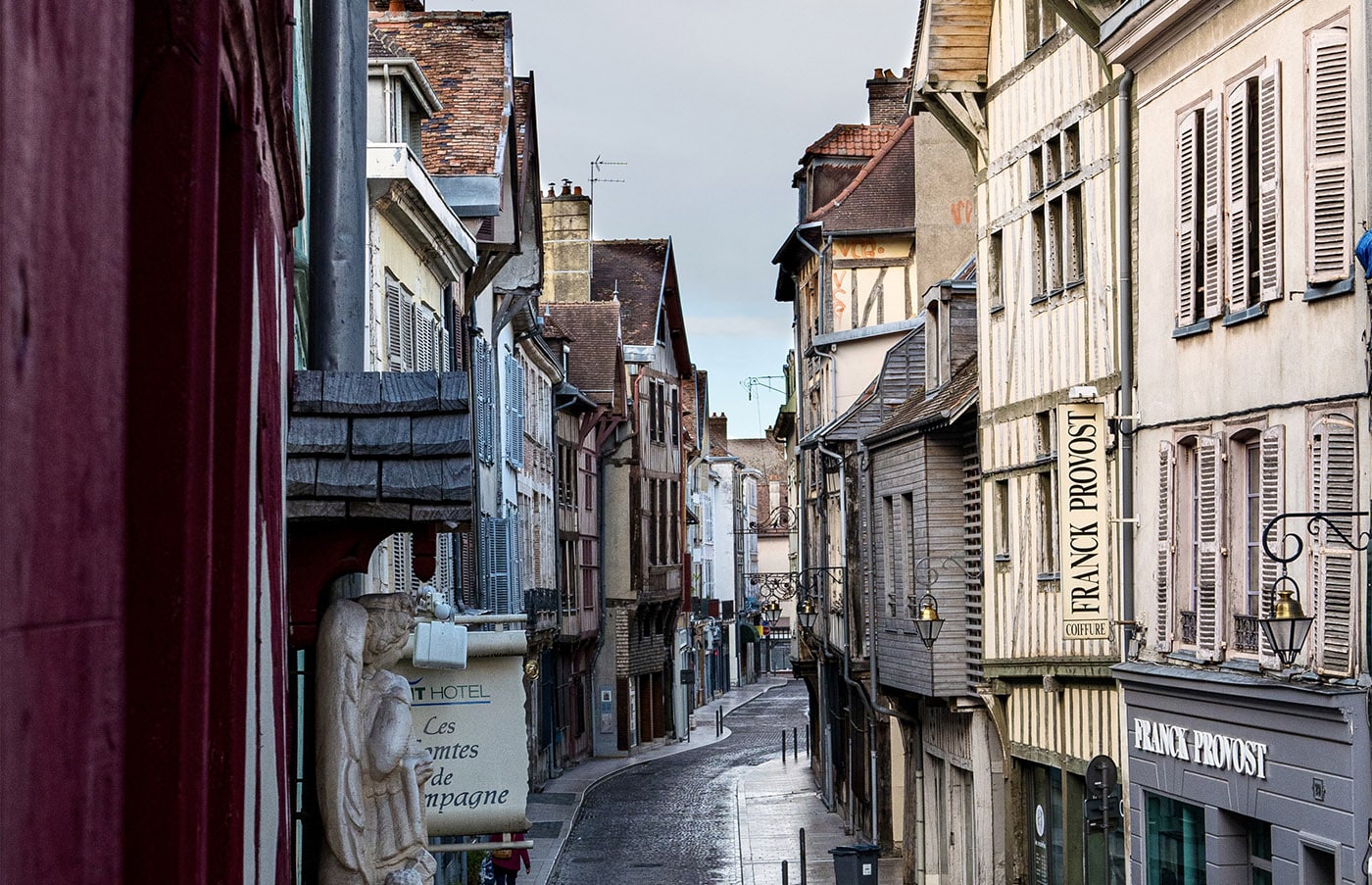

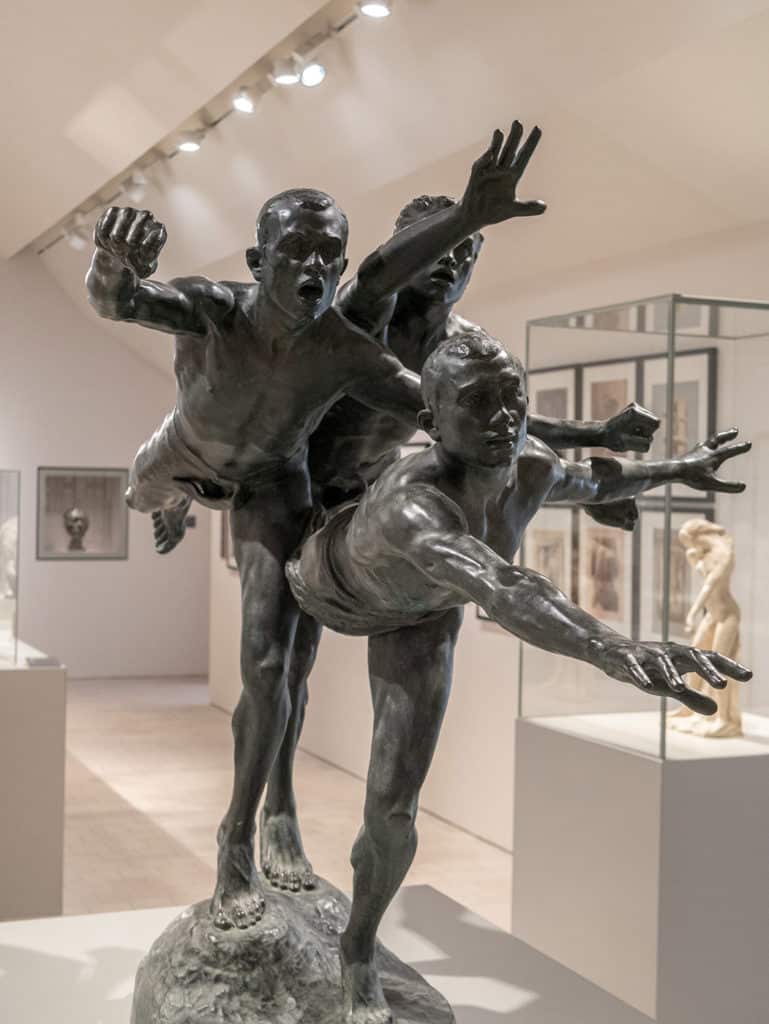
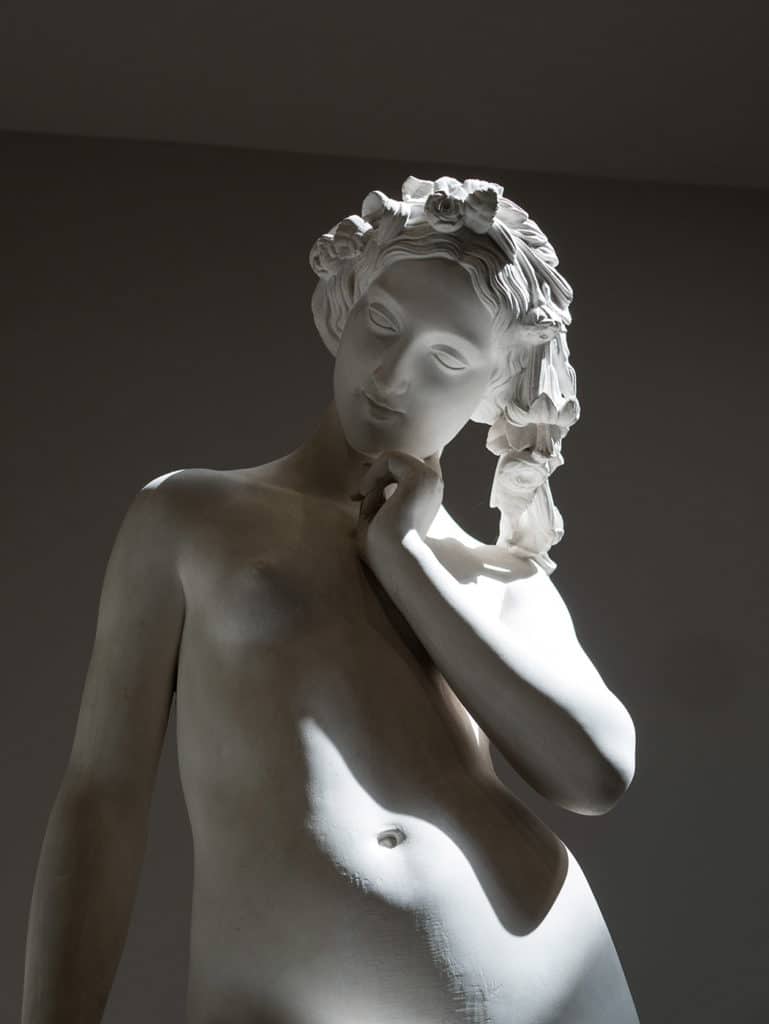
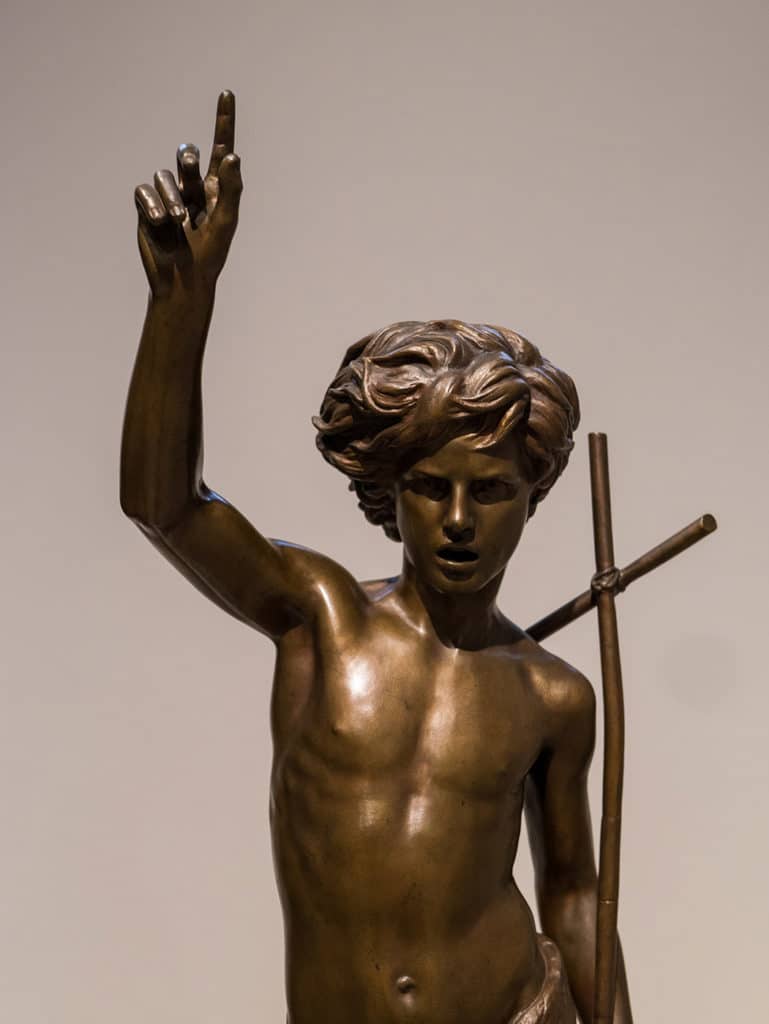
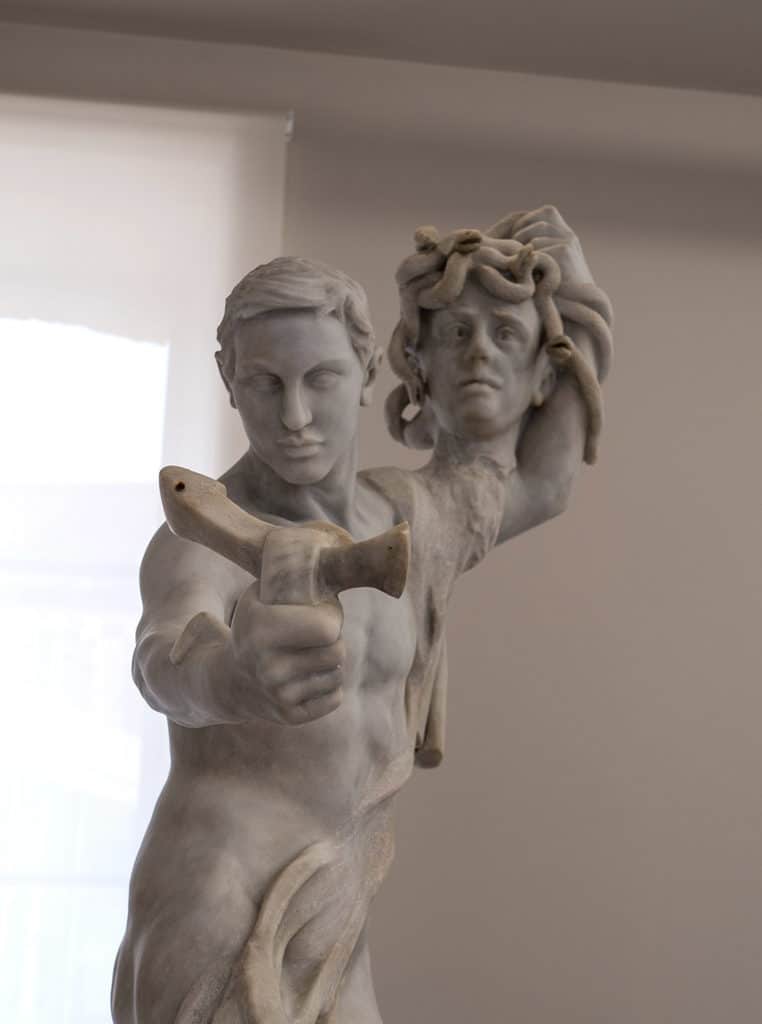
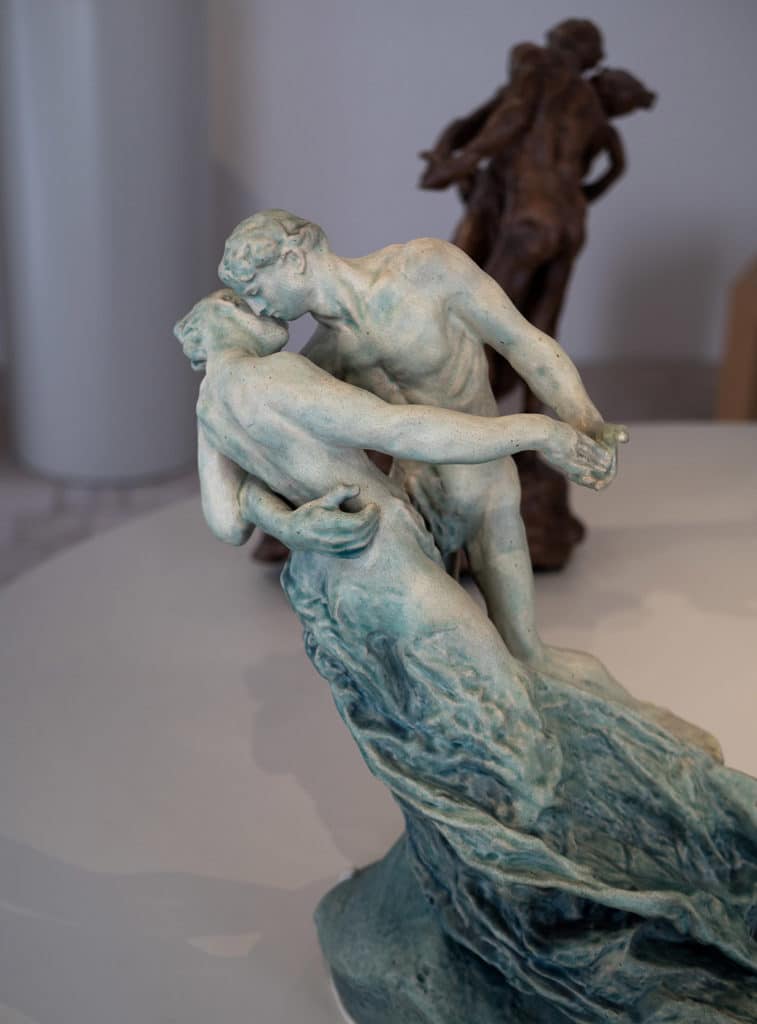

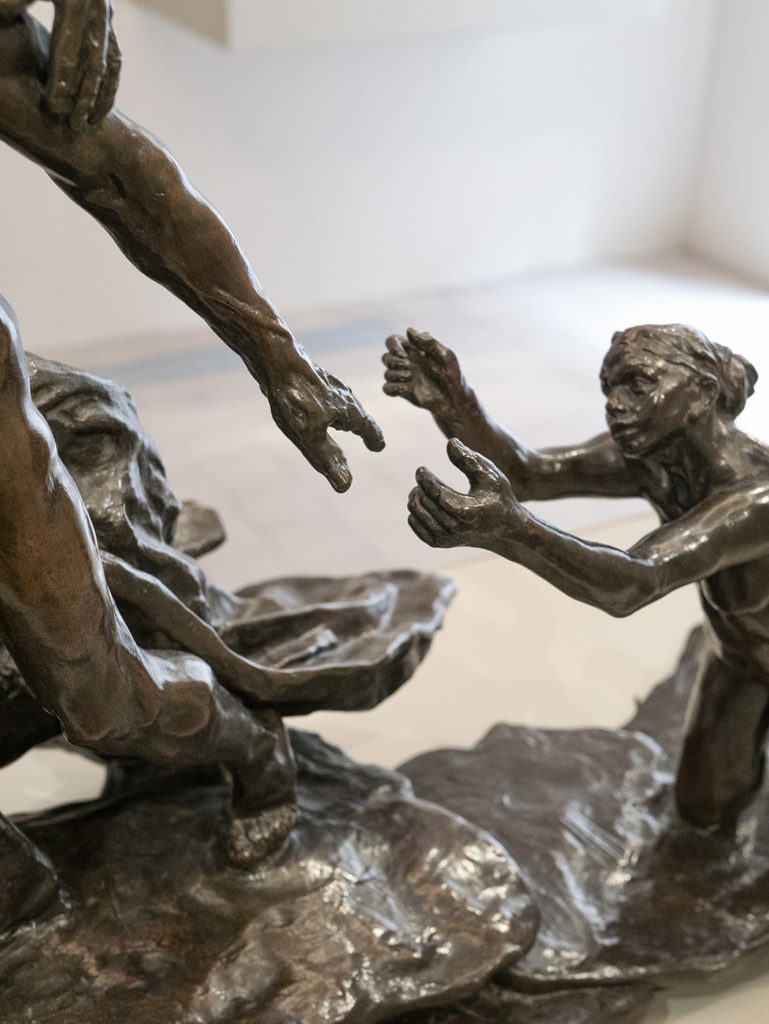
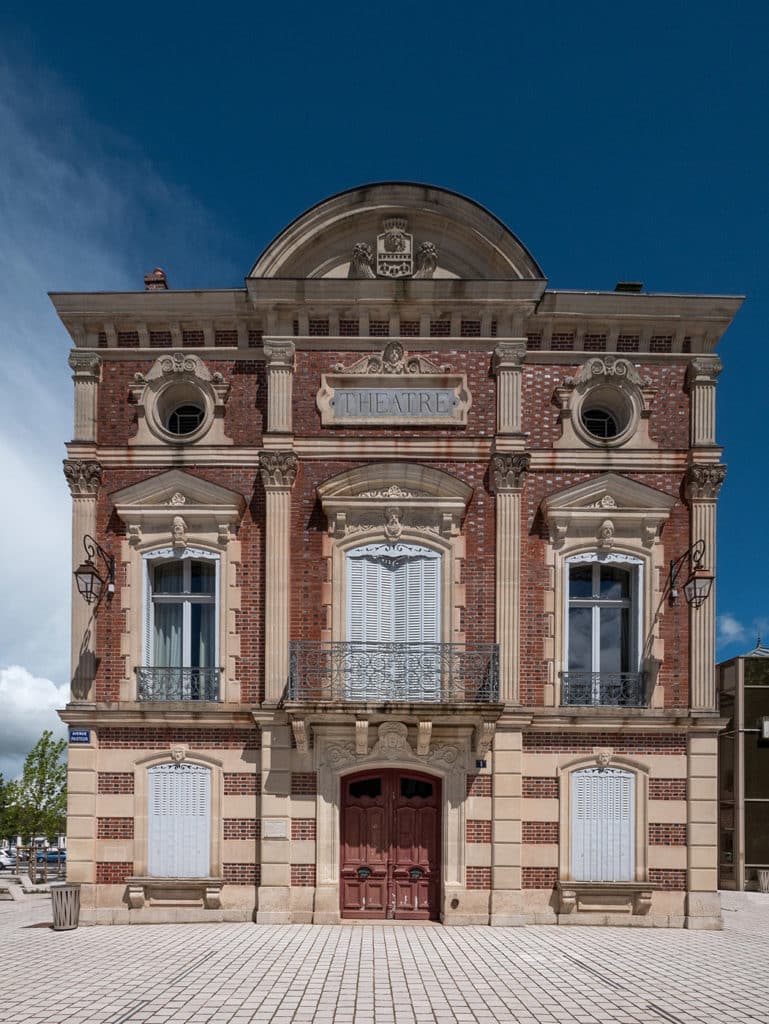
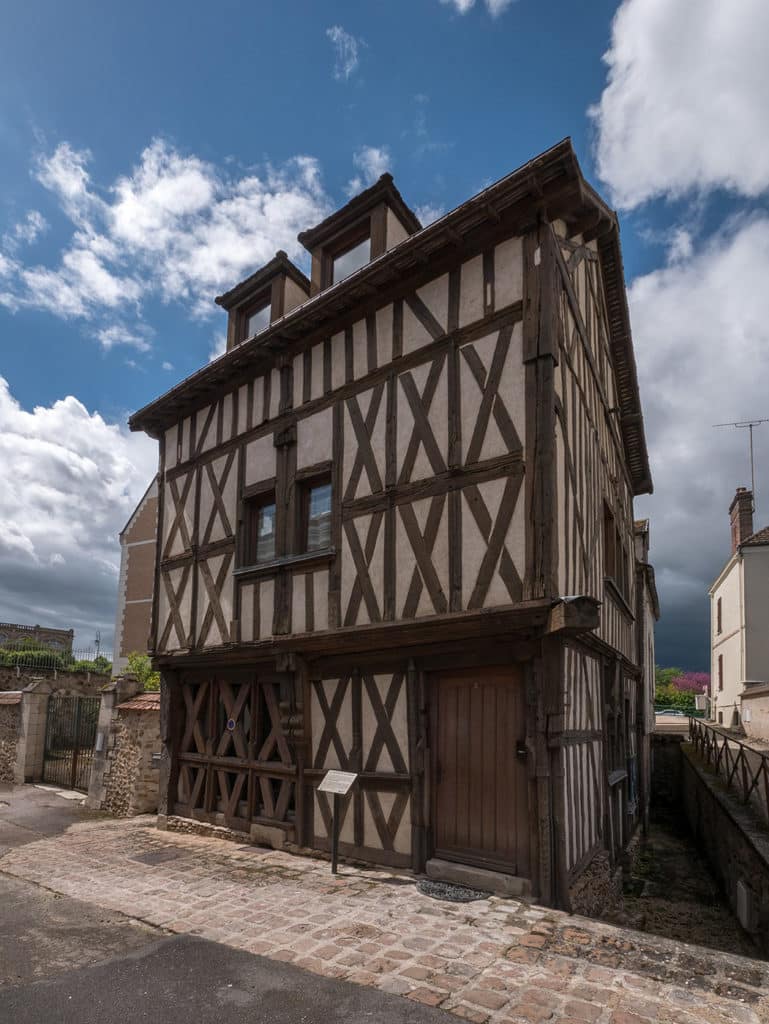
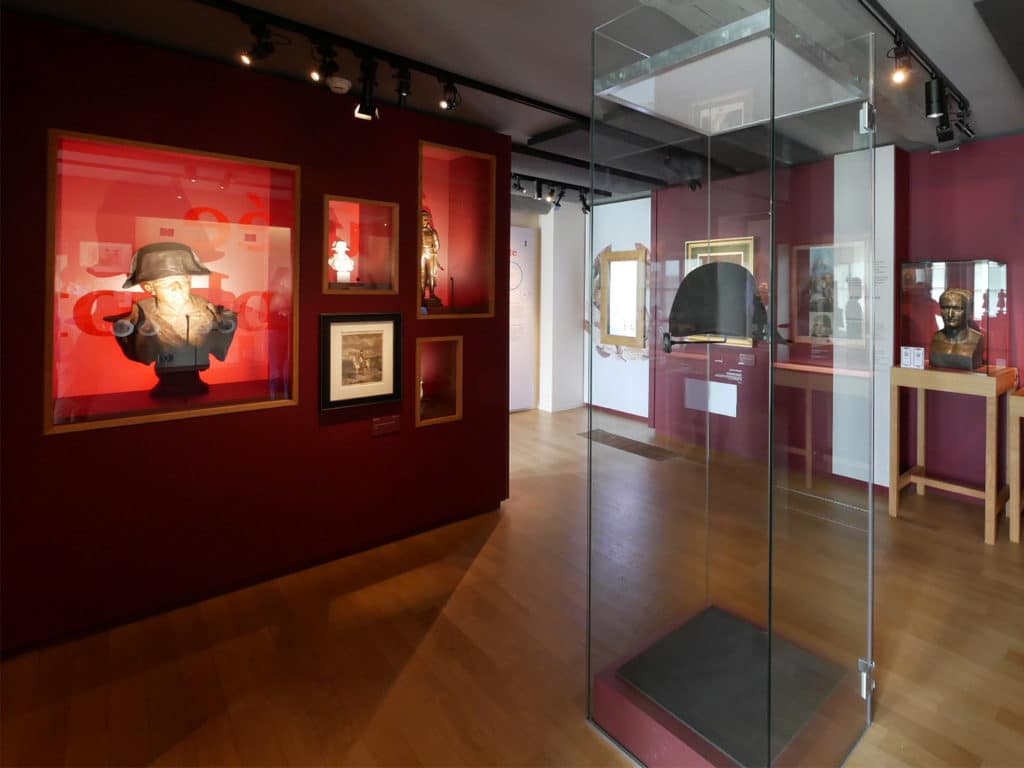
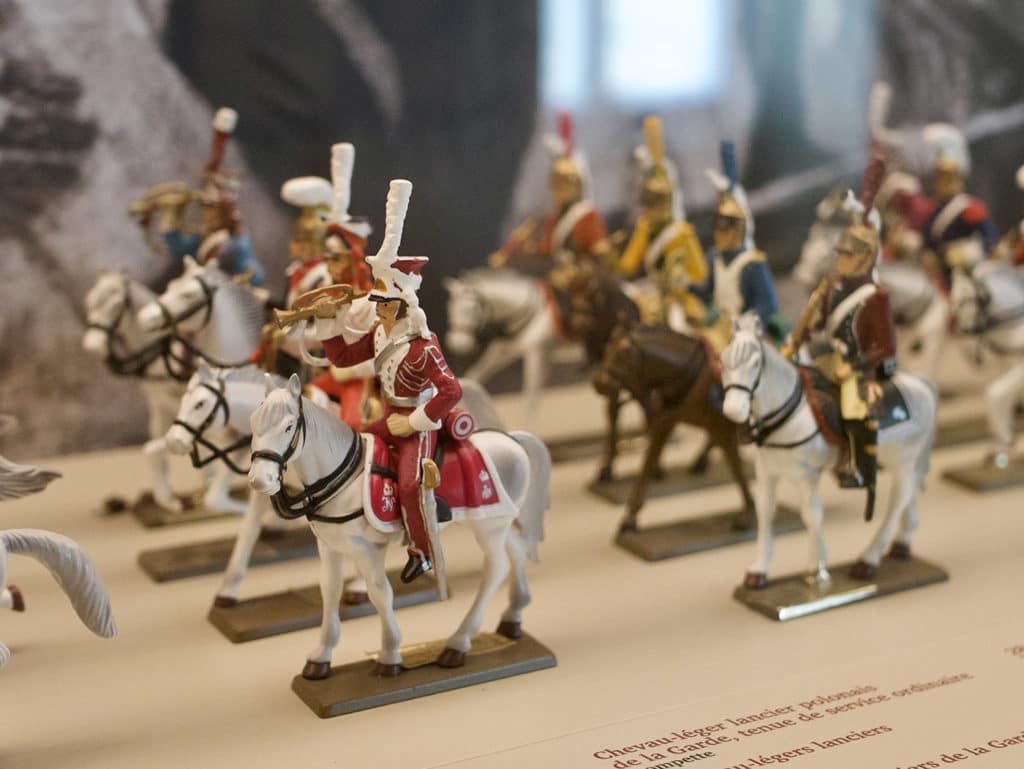
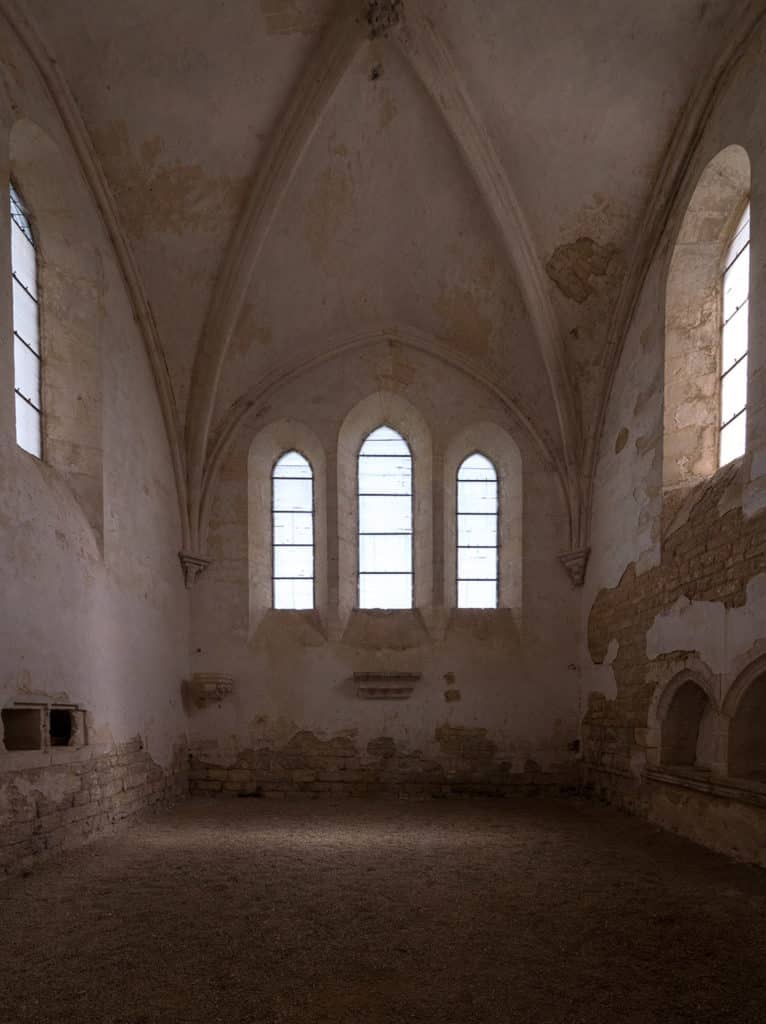
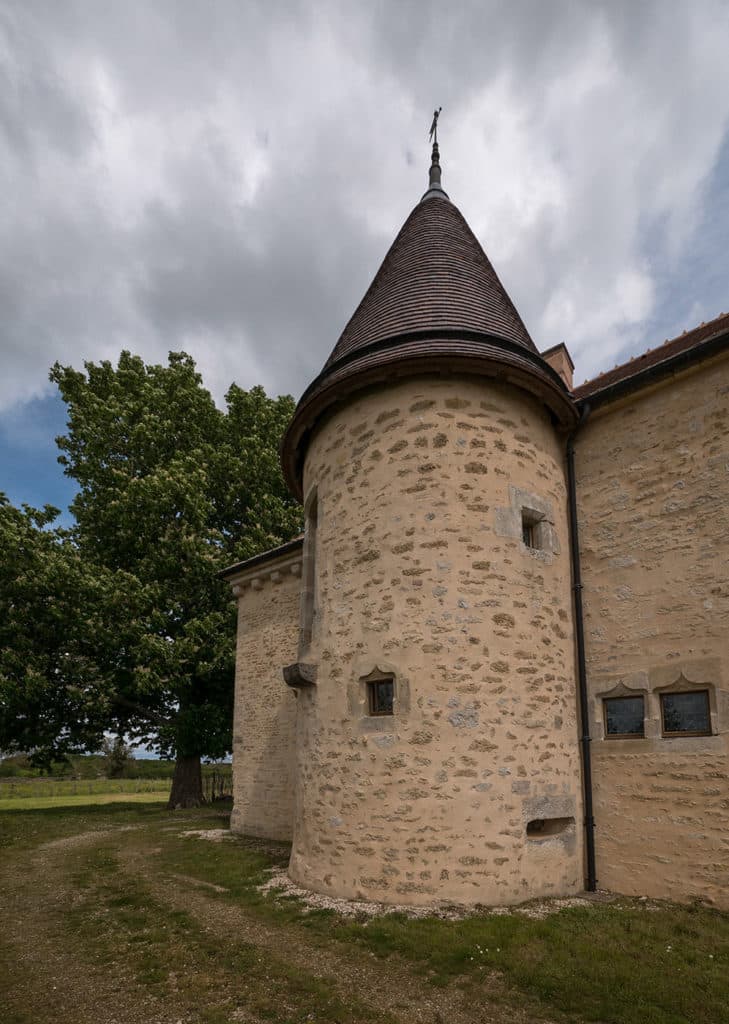


No Comments
Leave a comment Cancel